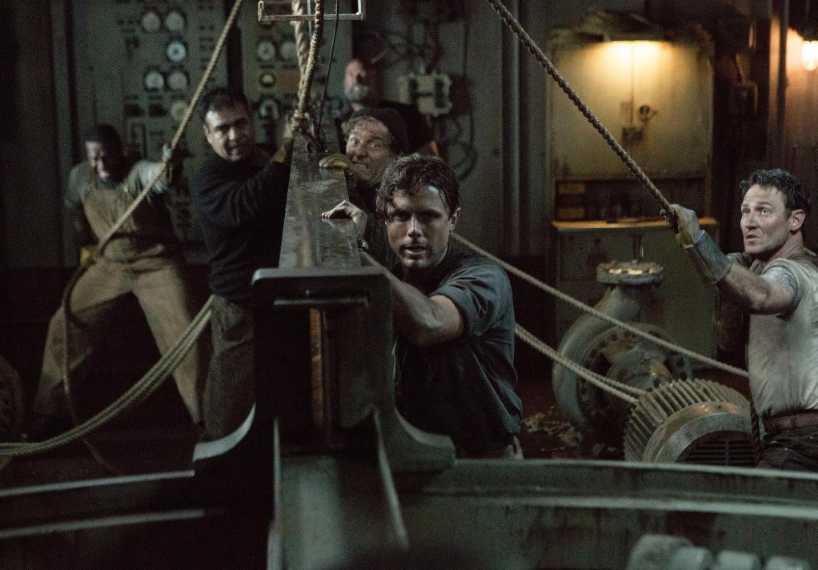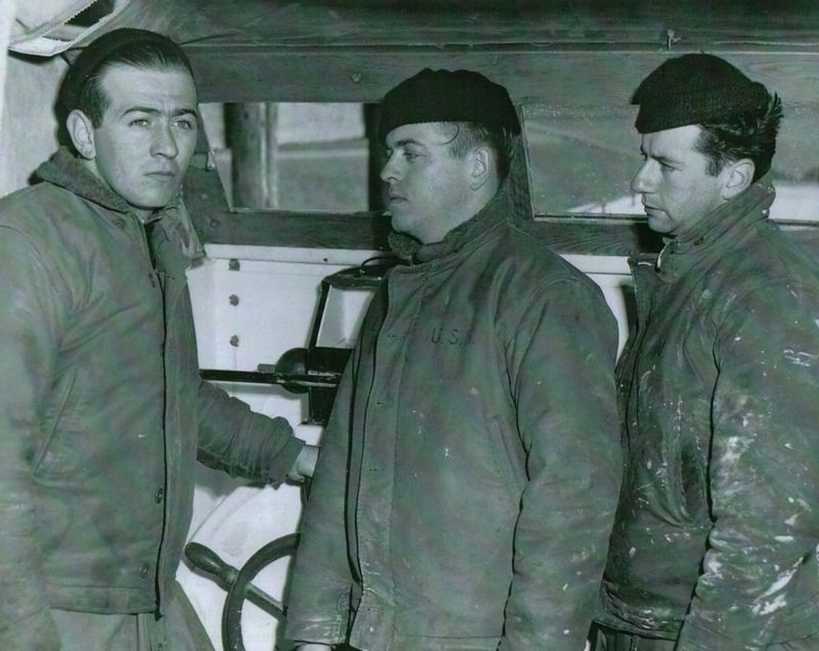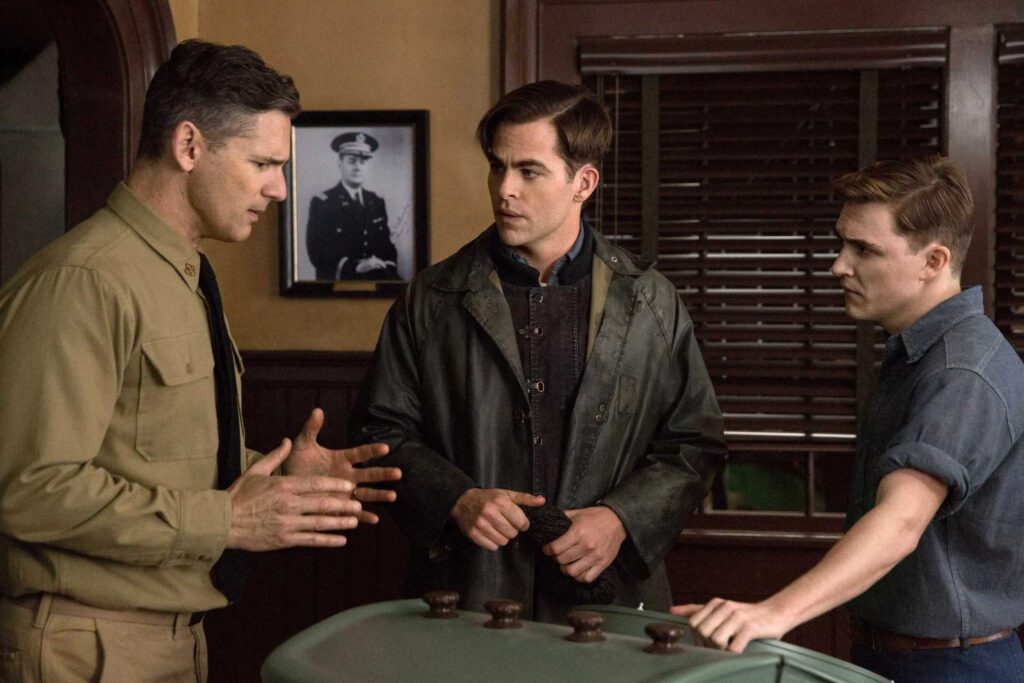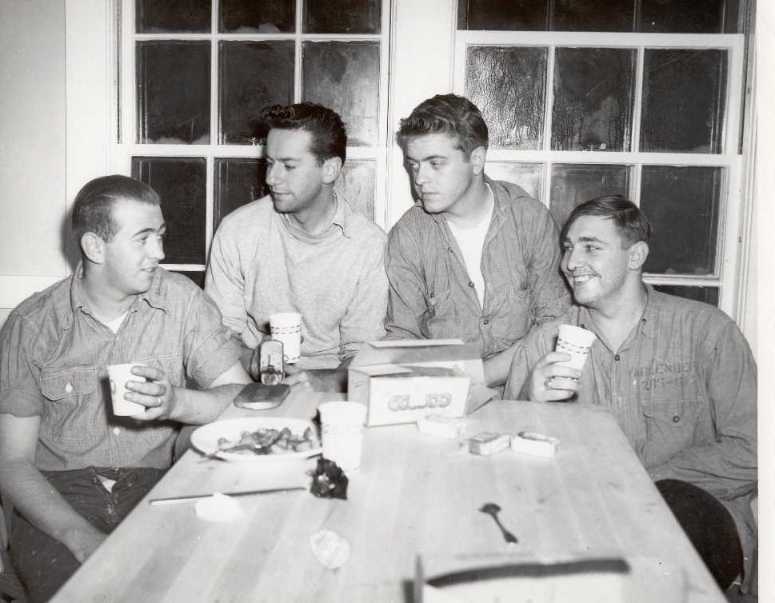The Finest Hours is a 2016 action film directed by Craig Gillespie that shows the bravery shown by four outstanding characters during a dangerous situation. A violent storm that strikes New England in February 1952 results in the serious damage and splitting in two of an offshore oil ship. The U.S. Coast Guard is charged with rescuing the survivors as the remaining sailors on the ship fight to survive. Ray Sybert, the tanker’s de facto captain, is attempting to keep his crew alive until assistance can be provided.
Bernard “Bernie” Webber and three of his men go out in a speedboat in what can only be characterised as a suicide mission, bravely battling the dangerous storm and risking everything to bring the sailors back home safely. The film deftly depicts the operation of the U.S. Coast Guard in the 1950s and features fascinating performances from outstanding performers like Chris Pine, Casey Affleck, Ben Foster, Kyle Gallner, and John Magaro. Moreover, one is left to wonder if “The Finest Hour” really portrays real-life historical figures and events given how lifelike the characters are and how bravely they carry out their perilous mission. So, if you’re interested in learning more, check out what we learned!
Is The Finest Hours a True Story?
‘The Finest Hours’ is, in fact, based on a genuine story. The Finest Hours: The True Story of the U.S. Coast Guard’s Most Daring Sea Rescue, a 2009 book by Michael J. Tougias and Casey Sherman, served as the basis for the film written by Eric Johnson and Paul Tamasy. It describes the amazing real-life incidents of the famous U.S. Coast Guard Pendleton rescue in 1952. The SS Pendleton, an oil tanker from World War II, split in half on February 18, 1952, when it was struck by a powerful cyclone off the coast of New England.

Webber put together a small crew consisting of Seaman Ervin Maske, Seaman Richard Livesey, and Engineman Third Class Andrew Fitzgerald, and launched his Coast Guard Motor Lifeboat CG 36500 into the water. He and his colleagues overcame ferocious winds and seas while assisting the SS Pendleton’s 32 crew members who were trapped in the tanker’s stern to be rescued. The Gold Lifesaving Medal was later given to all four U.S. Coast Guard members for their bravery.
(L to R) Richard Livesey, Ervin Maske, Bernard Webber, and Andrew Fitzgerald//Photo Credit: Cape Cod Community College
Despite the fact that seven generations of his family have resided on Cape Cod, Massachusetts, author Casey Sherman claims that he first learned of the 1952 Pendleton Rescue in 2006 when he came across a little memorial at the Chatham Coast Guard Station. This brave narrative piqued Sherman and co-author Michael J. Tougias’ interest, and they started looking into it for their book. They eventually meticulously located Webber, Fitzgerald, Livesey, and Maske, the real rescue mission heroes, and insisted on hearing their first-hand stories.
Surprisingly, Webber and his staff have never before told anyone the specific circumstances of the occurrence. In a January 2016 interview with GBH, Sherman said, “You could feel the pressure and the relief flow off their shoulders when they eventually let us interview them…The first wave they came across that night snatched up the tiny lifeboat like a toy, threw it into the air, briefly lifting all four crew members into the air, then slammed it down on the water’s surface.I was a good skipper, but not that good, Bernie Webber used to tell me. That night, something else was in charge of that tiny lifeboat.
In terms of the movie, Paul Tamasy and Eric Johnson interviewed the survivors of the catastrophe in addition to largely basing their narrative on Sherman and Tougias’ book. The material was ultimately transformed into the gripping screenplay for the film by author Scott Silver. The project’s inspiration for the director, Craig Gillespie, was revealed in a different interview with The Writing Studio. It really makes you consider what you would do if you were given the option of standing up and doing something that requires a lot of guts for someone other than yourself, and I love that notion, which is what I loved about this writing, the actor stated.

In order to ensure realism, the filmmaker and his team carefully collaborated with Lieutenant Commander Mel Gouthro, a retired U.S. Coast Guardsman who played a significant role in the rescue effort, and Andy Fitzgerald. They routinely stopped by the sets and provided the cast and crew with directions as needed. Given all said above, it is safe to state that “The Finest Hours” is a factual account of the 1952 SS Pendleton rescue and a dignified tribute to the four U.S. Coast Guardsmen who sacrificed their lives to save numerous others. The film remains true to its original material and the actual incident it depicts, albeit adding certain dramatic elements for amusement.


